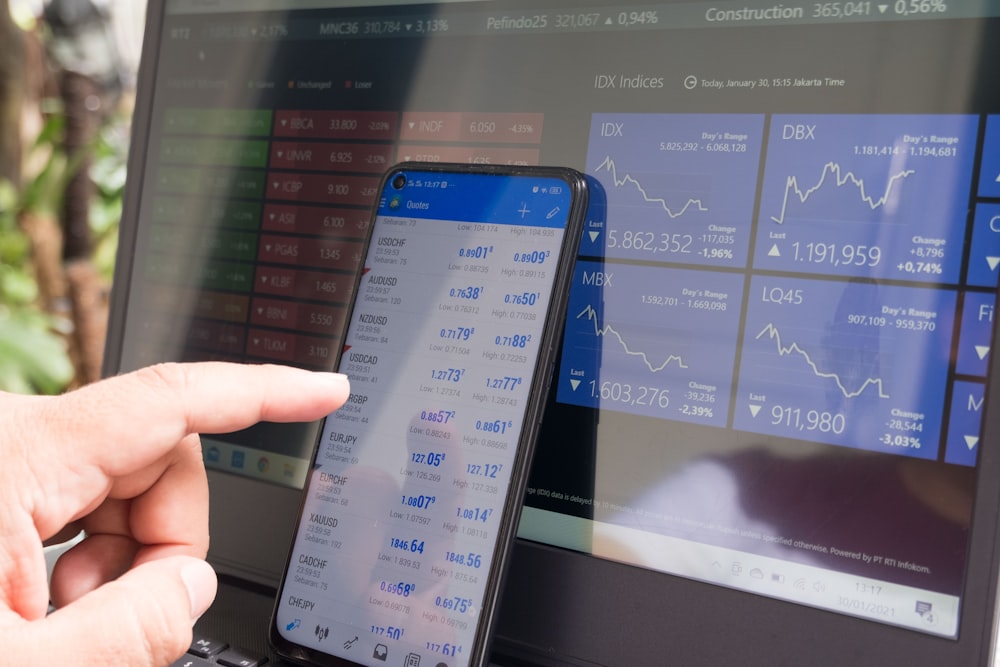AUD/JPY Advances To Near 95.50 As Japanese Yen Faces Trump’s Tariff Threats
Image Source: Unsplash
- AUD/JPY appreciates due to rising concerns that Japan may face Trump's trade tariffs.
- The Japanese Yen may regain ground amid the increased likelihood of the BoJ rate hikes again this year.
- The AUD may face challenges as China's retaliatory tariffs on certain US exports have come into effect.
The AUD/JPY cross halts its three-day losing streak, trading around 95.50 during European hours on Monday. This upward movement could be linked to concerns that Japan might become a target for US President Donald Trump's trade tariffs.
On Sunday, President Trump announced, while speaking to reporters on Air Force One, his plan to impose a 25% tariff on all steel and aluminum imports, without specifying which countries would be affected. He also mentioned that additional reciprocal tariffs would be imposed by midweek and quickly implemented, reflecting the tariff rates of each country, according to Reuters.
On Friday, during a press conference with Japanese Prime Minister Shigeru Ishiba, President Trump reaffirmed his commitment to addressing the US trade deficit with Japan, which is around $65 billion annually. He also highlighted Japan's pledge to double its defense spending by 2027 compared to his first term. Additionally, Japan is set to begin importing new shipments of American liquefied natural gas.
However, the positive movement of the AUD/JPY pair may face limitations as the Japanese Yen (JPY) could strengthen amid growing expectations that the Bank of Japan (BoJ) might raise interest rates again this year. An increase in Japanese government bond (JGB) yields could further support the lower-yielding JPY.
Moreover, downside risks for the AUD/JPY pair might arise from potential challenges faced by the Australian Dollar (AUD), given Australia's close economic ties with China, amid escalating concerns over the US-China trade war. A new US levy on Chinese imports took effect last week, while China's retaliatory tariffs on certain US exports started this Monday.
Market participants are increasingly confident that the Reserve Bank of Australia (RBA) will cut its 4.35% cash rate at its upcoming meeting later in February, with a 95% probability of a reduction to 4.10%. This expectation follows data indicating that underlying inflation has moderated faster than the RBA had anticipated, leading several major Australian banks to move their forecast for the first rate cut from May to February.
More By This Author:
XAG/USD Remains Steady Near $32.50, Three-Month HighsAustralian Dollar Moves Little As Traders Adopt Caution Ahead Of US Labor Data
GBP/JPY Falls Below 190.50 As Traders Expect BoE To Deliver An Interest Rate Cut
Information on these pages contains forward-looking statements that involve risks and uncertainties. Markets and instruments profiled on this page are for informational purposes only and should not ...
more



